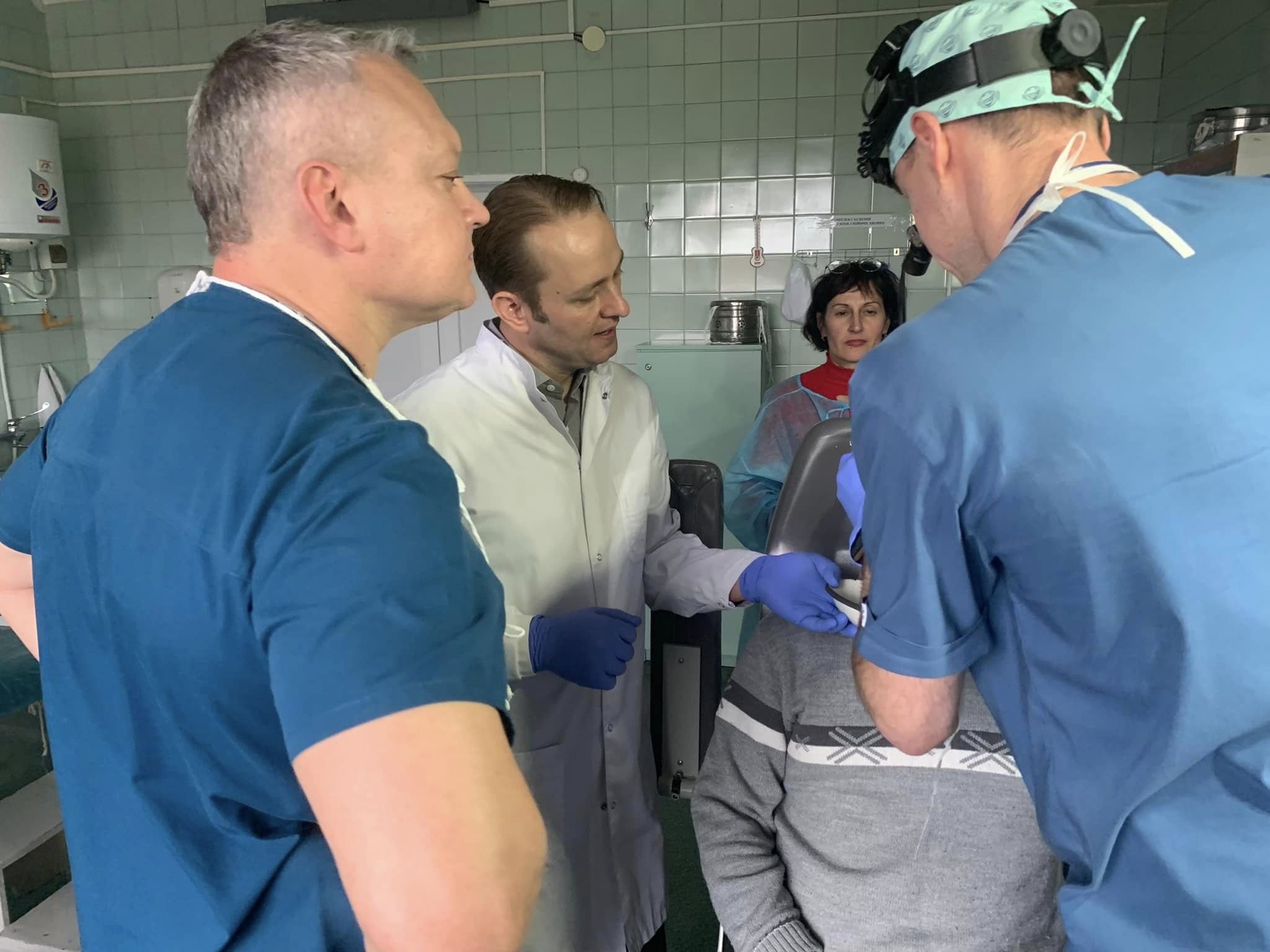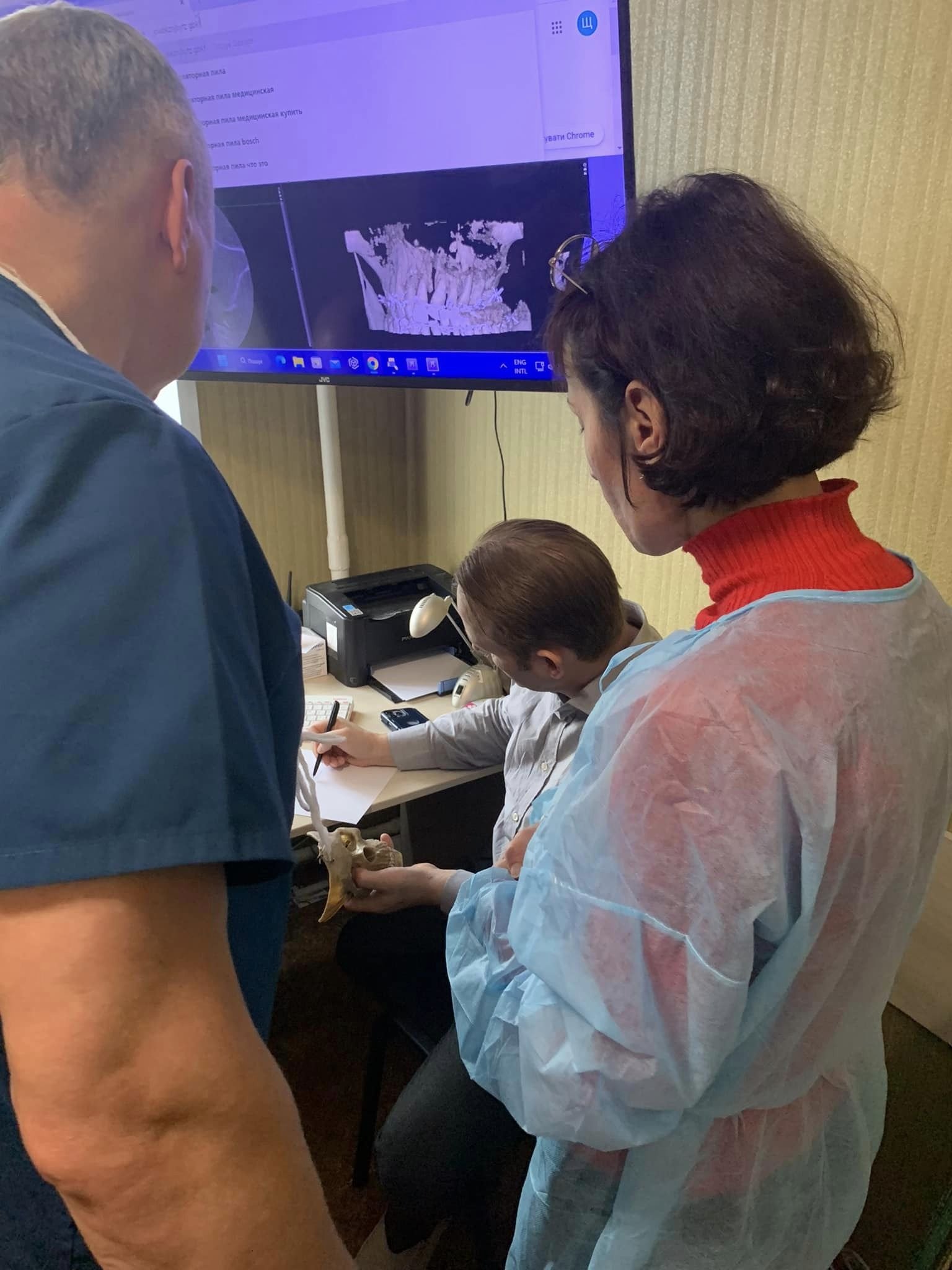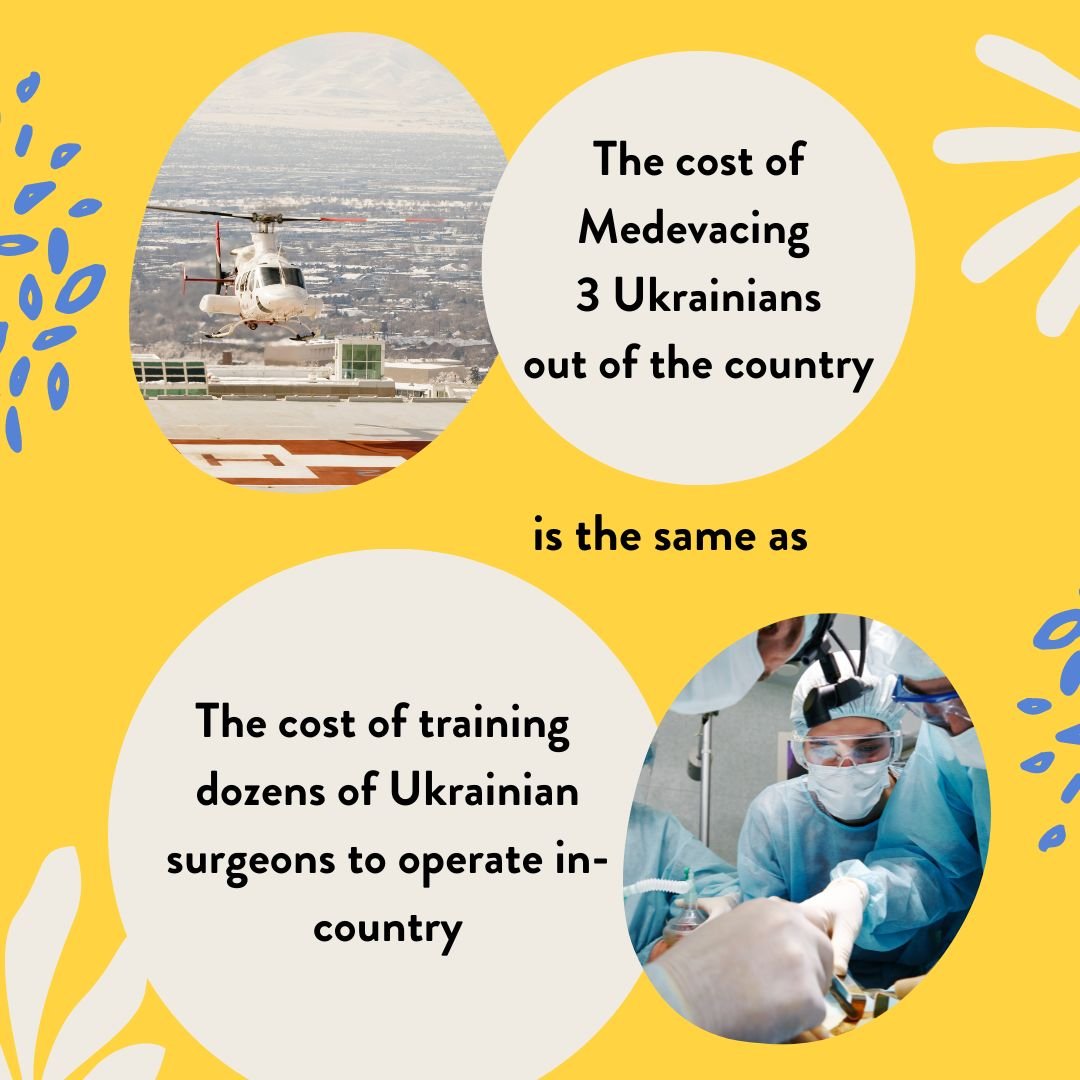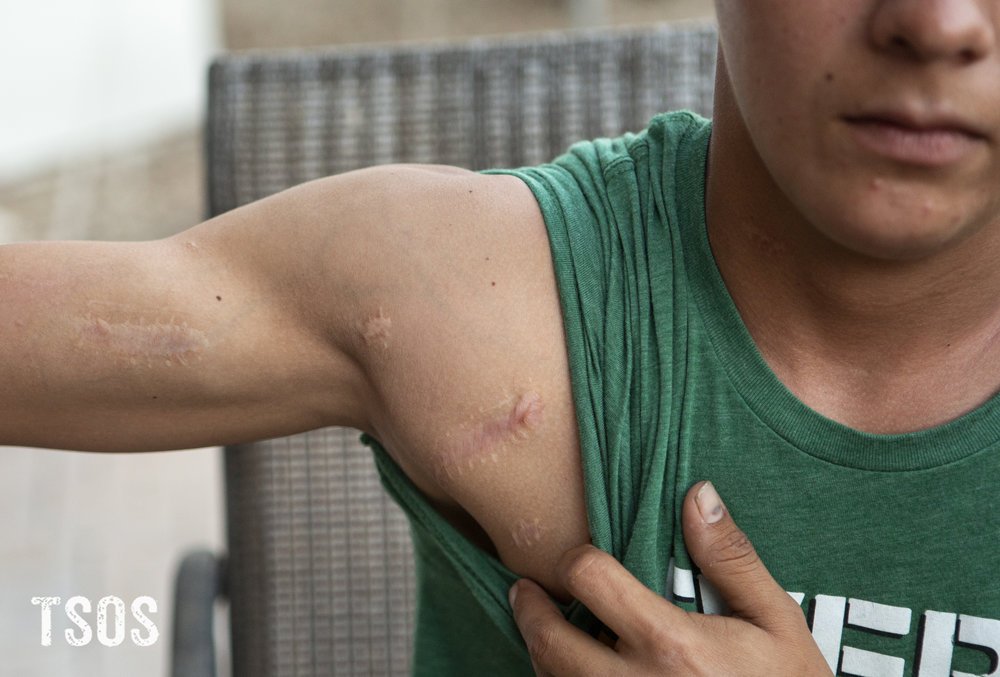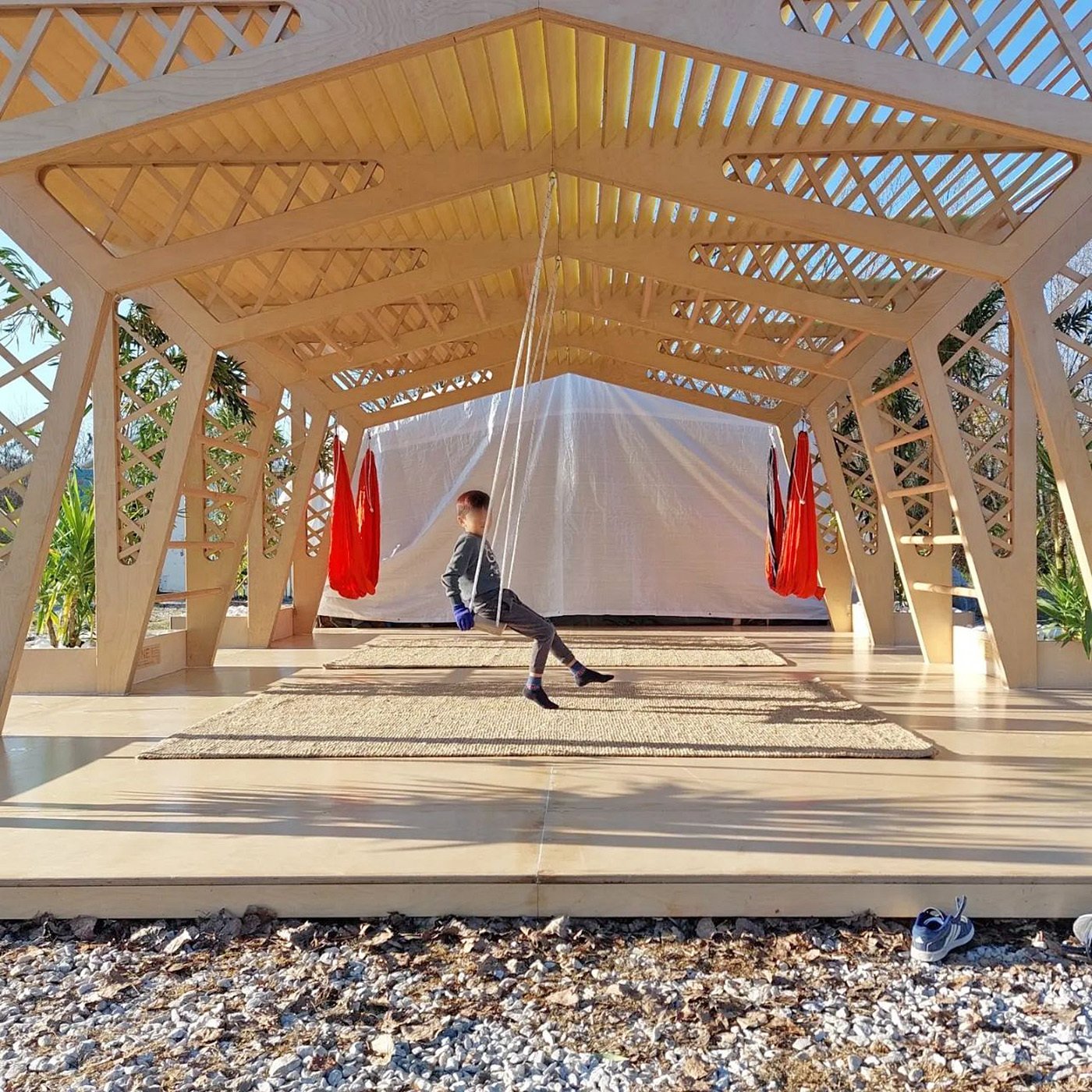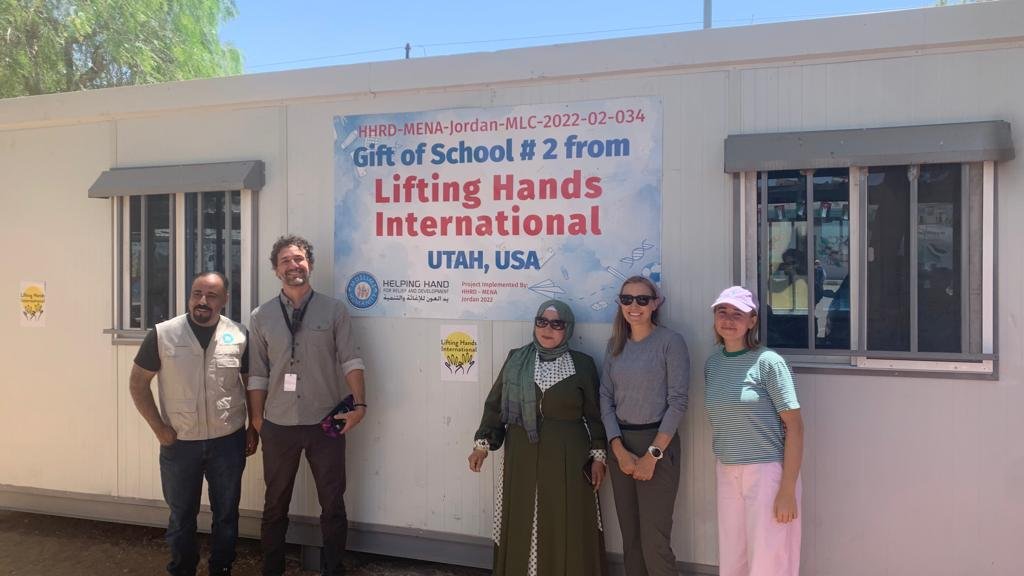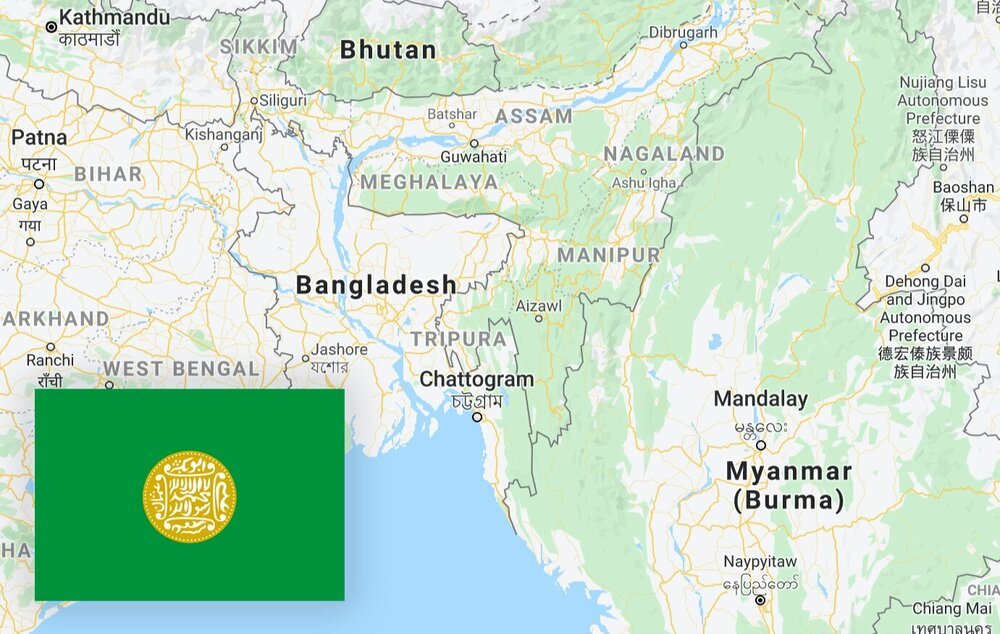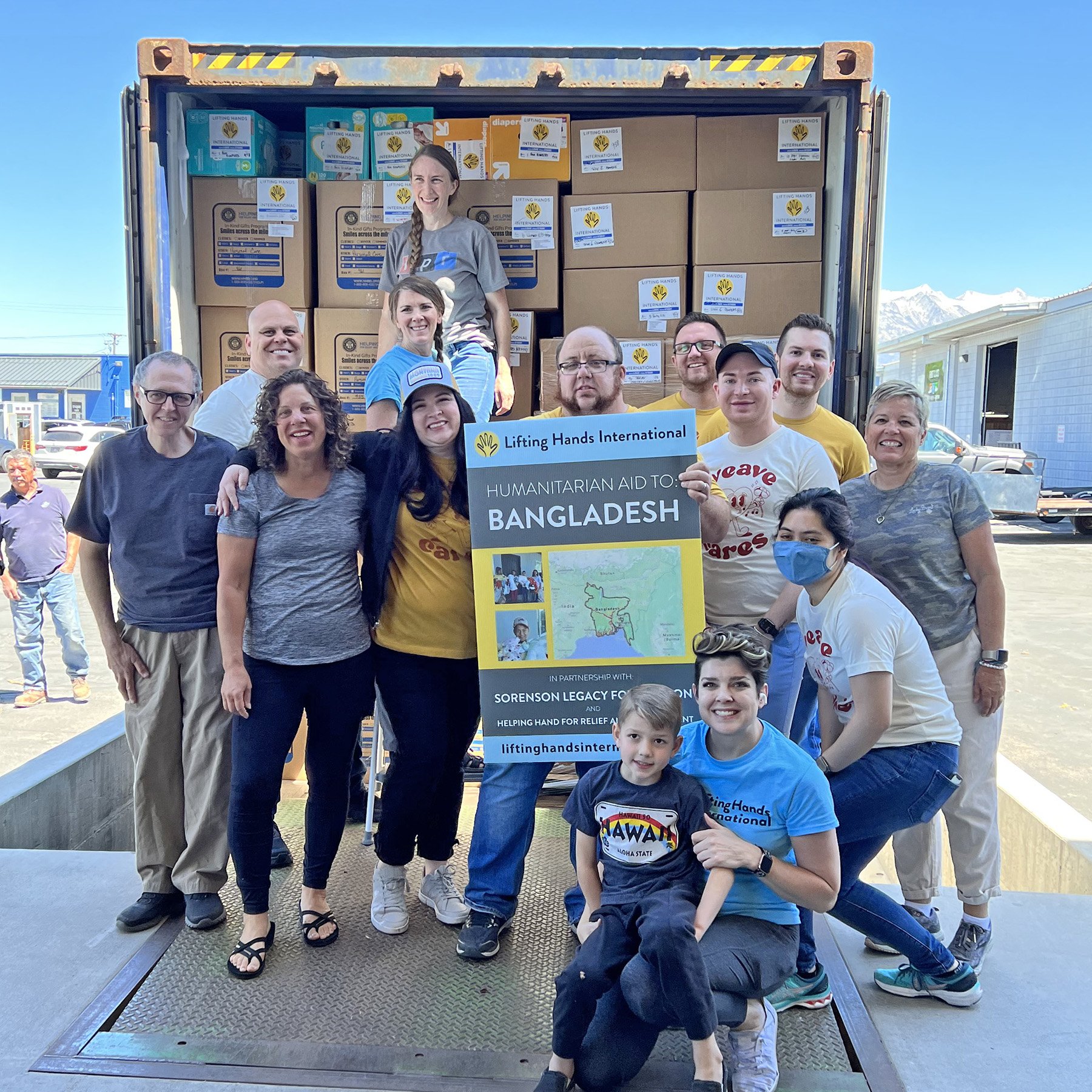LHI Founder and Director Hayley Smith spent a half hour with this family who now live in a tent city in the middle of Kahramanmaraş, Turkey, the epicenter of the earthquake. They lost their home and all of their belongings.
One of LHI’s board members, Leslie Schick, was born in Turkey and resides in Boston with her family. Last week, prior to our trip to Turkey, she shared her perspective on the devastating earthquake that has affected Turkey and Syria.
LHI: Can you describe how you’ve felt watching from afar as this tragic disaster has unfolded in your native country?
Leslie: It’s been hard to think of anything else or to concentrate on anything else. I’ve been obsessively following the news and social media, and talking to friends who are in Turkey. It’s a collective trauma and pain. The news cycle and people here [in the United States] have moved on, whereas it’s all feeling still very current. So that has been difficult to deal with.
This man was happy to talk to the team from LHI, the first aid organization to come to his remote mountain village since the earthquake. His home was seriously damaged, and he now lives in a tent in his backyard with his family.
LHI: Conditions in Turkey were already pretty challenging even before the earthquakes, right?
Leslie: Yes, the economy has been steadily declining. The inflation rate is staggering, as is the rate of unemployment. And people are truly struggling to support themselves. In the case of many, they’re struggling just to put food on the table. This is also an area that houses a disproportionate number of Syrian refugees.
One of many destroyed homes the LHI team passed on our drive to Antakya. According to Reuters, “more than 160,000 buildings containing 520,000 apartments collapsed or were severely damaged in Turkey by the disaster, the worst in the country’s modern history.”
LHI: What challenges are Syrian and other refugees within the earthquake zone facing right now?
Leslie: Turkey hosts the largest number of registered refugees, or persons under protection, in the world. While that number was about 20,000, before 2011, it’s now in the 4 million range for Syrians, and between one and two million for other refugees, mostly from Afghanistan, Iran and Iraq. The most needed aid, for instance, tents, heaters, stoves, etc, is in very, very short supply, and Syrians, in general, are finding it much harder to source these things.
People whose homes had been destroyed by the earthquake talk to aid workers outside of their apartment buildings.
LHI: What are the most urgent needs right now?
Leslie: It’s hard to believe, but the most acute and urgent need now, two weeks on, remains basic shelter. I’m in a number of groups where everyone is requesting tents and none are to be found. And following the two new earthquakes today, Monday, February 20, this need has become even more acute. To quote a local mayor, he says, “Our citizens are demanding tents. No one can convince our citizens to re-enter their homes now. This issue has still not been resolved.” When there’s news of a supply of tents arriving, it’s always exhausted before most people can obtain one. Beyond that, sources of heat, such as wood or coal burning stoves, are needed. Mattresses, sleeping bags, food, clothes, and very importantly power banks or battery packs for phones, or other reliable ways for people to charge their phones, because phones remain the main and best way for people both to stay informed and to stay connected with their friends and relatives who have been dispersed.
LHI: For those of us watching on the news and seeing the devastation and wanting to do something, what can we do to help?
Leslie: At the moment, the primary way to effectively help, I think, is by donating funds so that organizations on the ground can maximize their efforts. This is not currently a place for untrained volunteers or independent volunteers to think about going right now. Also the scale of devastation is such that only trained teams or teams connecting with organizations that are already on the ground can be effective. Also, Turkey is a country that produces clothing, food, and all necessities. Basic needs are locally available. So the main need is for funds to procure them. Tech needs, such as charging stations have to be fulfilled by specialized teams and are highly needed. Psychosocial support is needed and will in the future also be very much needed to help this population overcome their collective trauma and sense of loss.
Click here to learn more and support LHI’s relief efforts in Turkey.













